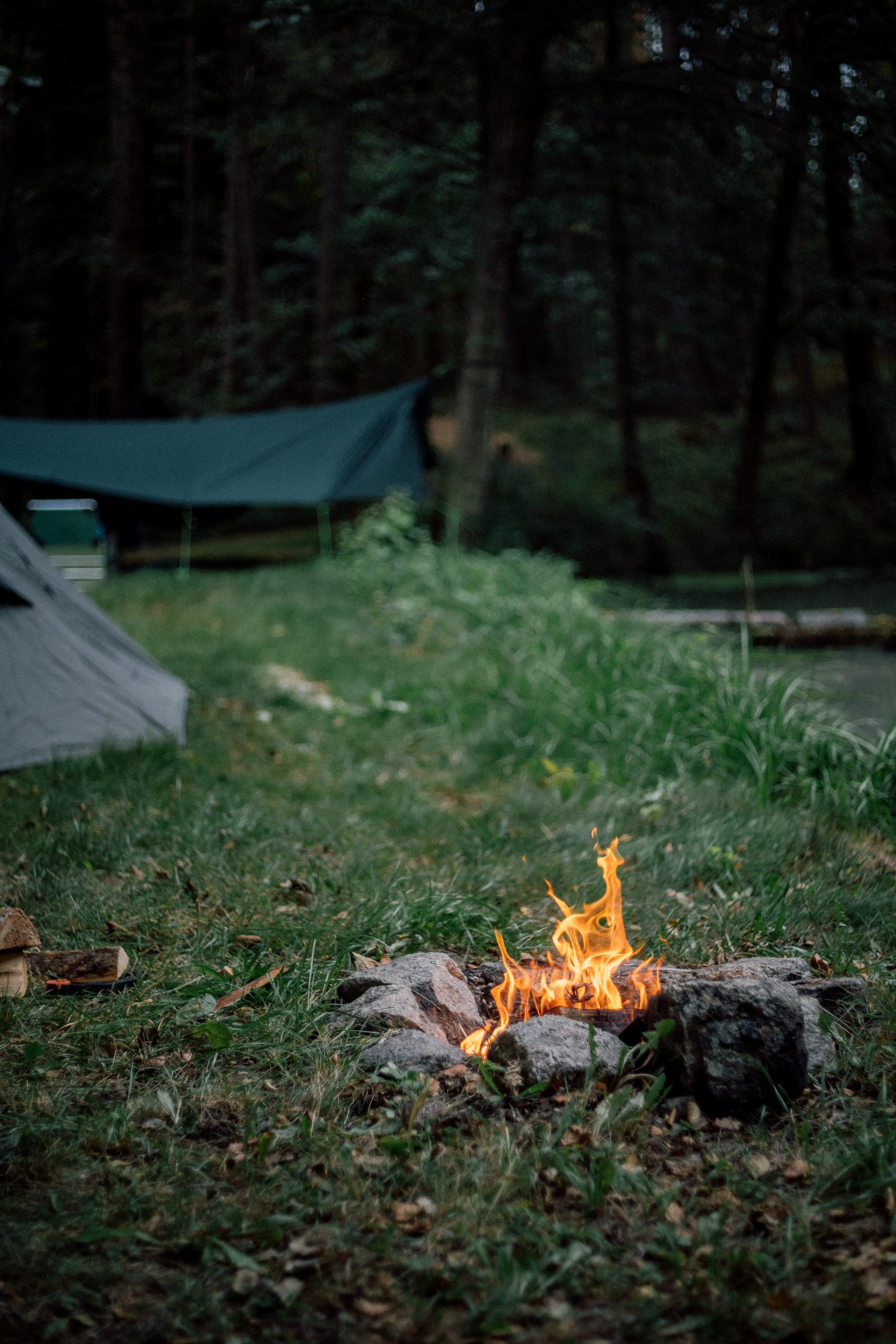Imagine my delight to receive an email through my website from a tutor who is using my Resources page with her student in their enrichment work. She shared a website with other resources that James wanted to share with me for my page. I love this so much! At the same time, I feel a responsibility to provide only the best resources to those who visit my site. So I have spent a few days vetting each of those resources, and I’ve added the good ones to my new and improved Resources page! I’ve also reached out to the company…
-
-
I’m thrilled to announce that my book has been selected as one of the Top 75 Community College Titles: October 2024 Edition on choice360.org. Choice is a publishing unit of the Association of College and Research Libraries, a division of the American Library Association. My book made it into the Social and Behavioral Sciences category. What do you think about that? Let me know in the comments! Learn more about, and order my book, here!
-
Have you ever wondered if there is a better way to understand and remember mathematical order of operations than PEMDAS, BIDMAS, GEMA, or any of the other happy mnemonics that only go so far? It’s been a bugaboo for so many teachers over time. During a recent work trip to St. Croix, USVI, I realized I hadn’t written my thoughts about it in my book. So I wrote a chapter all about it. If you’d like to read the chapter, wonderful! Just sign up to my email list, and you’ll get a link to download it for free. Don’t forget…
-
A week or two ago, Bill Davidson interviewed me for his podcast, Centering the Pendulum. I found it a great experience that allowed me to express some of the reasons for writing my book. It’s 18 minutes long; I hope you can find time to listen to it here.
-
This was written as a serialized story, just for fun, in October 2023. It’s reposted here in one part. So I’m sipping my coffee and taking in the dry but hilly landscape from my faded old camp chair. I found this spot a few miles from Lewis Peak a couple of days ago, and I hiked the peak yesterday, so my body’s a bit achy. I stand up and stretch my arms up high, and then I fold my body in half to put my hands flat on the ground, stretching my back out good. It’s another clear, warm autumn…
-
Mobius strips are easy to make. Just glue one end of a strip of paper to the back side of the other end. Then you have a twisted strip. Lots of knitters make Mobius cowls as well. It’s a popular and cozy style. The author of some of the books I’ve used with students, mathematician Richard Evan Schwartz at Brown University, has been puzzling over a problem posed in the 1970s: what’s the shortest strip of paper you can use to make a Mobius strip? After a few years of tinkering, Dr. Schwartz cracked the problem. The key to doing…
-
This is an animation for my book. It is a visual reminder of the connection between the concept of percent and a fraction out of 100.
-
In Chapter 2 of my book (in progress, soon to be sent to the publisher), I discuss the amazing process that happens in our brains when they make neural connections while learning. Here is a brief video visualization of a group of neurons building connections between them, the process that happens whenever we learn something or strengthen our learning. I hope you enjoy my book and how it can help you grow stronger neural connections about math!
-
A common problem educators face is to make fractions fun and intuitive, especially if their own education was lacking in this respect. One activity I developed that helps with this, and can be done with children of a variety of ages, is Fraction Jacks. What are fraction jacks? They are not the game with the bouncing ball and the funny-shaped pieces, though I’m sure something great could be developed with those. Instead, they are a physical activity that uses kinesthetic intelligence and mind-body connections to understand fractions. Here is how to do them. If you or your students have figured…
-
Every now and then, when we make the space, our educators get a chance to shine. Sometimes this is when they work together in a way that is outside the routine. An example is one time I conducted an online workshop. As an introductory activity, the teachers went into breakout rooms. Their task was to collectively write a one-word-at-a-time inspirational, true saying about education. This involves the participants taking turns in a round to add one word to a saying that someone starts; it stops when the participants agree the saying is complete. Sometimes this activity goes nowhere, or it…




